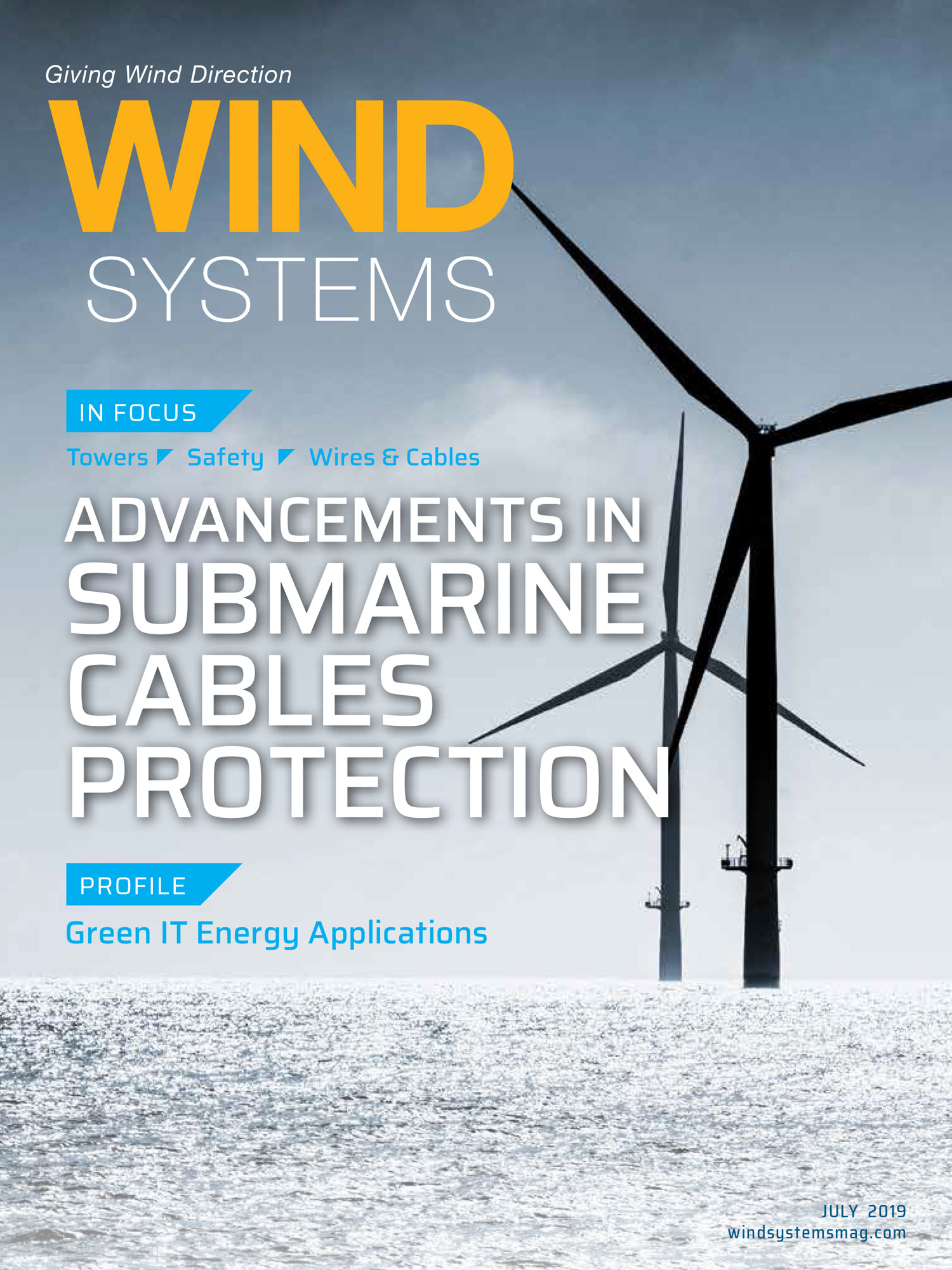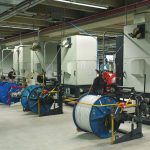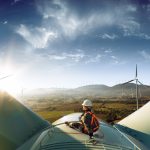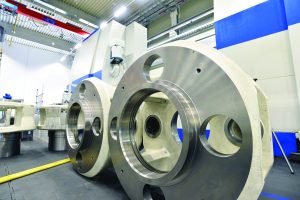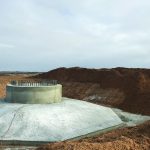According to Energy.gov, the “United States is home to one of the largest and fastest-growing wind markets in the world.” This growth emphasizes the importance of developing an efficient and effective rescue plan for those working inside and outside of turbines.
Rescue kits can be one element of developing a simple and effective rescue plan and can range from auto-descent devices to haul systems with a self-braking descender.
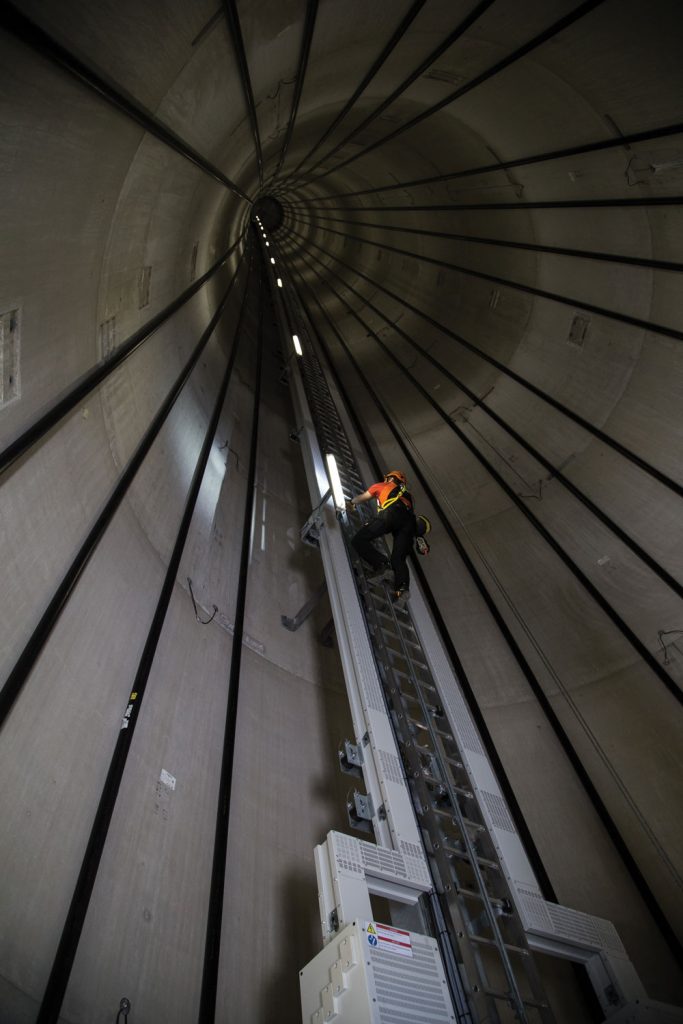
Developing a Rescue Plan
According to Occupational Health and Safety’s “Subpart M,” fall protection is required at “heights of six feet or greater above a lower level” or at “heights of less than six feet when working near dangerous equipment.” These plans should not only identify anchor points, egress, access, and hazards but also a cohesive and simple rescue procedure.
Additionally, OSHA requires that “the employer shall provide for prompt rescue of employees in the event of a fall or shall assure that employees are able to rescue themselves (1926.502(d)(20)).” A rescue plan should focus on removing fallen victims to the ground and hand off care to someone with advanced medical training. When developing a rescue plan, best practice is to identify factors such as the remoteness of the site, realistic response times, and what type of equipment and training can be provided.
Since the boom of wind energy in the early 2000s, OSHA has set certain requirements for training employees; however, most countries don’t have standards for the wind industry. The Global Wind Organisation, based in Denmark, was created to help establish minimum standards in the wind industry. As it remains though, contractors and operators are responsible for developing rescue plans and training for their employees.
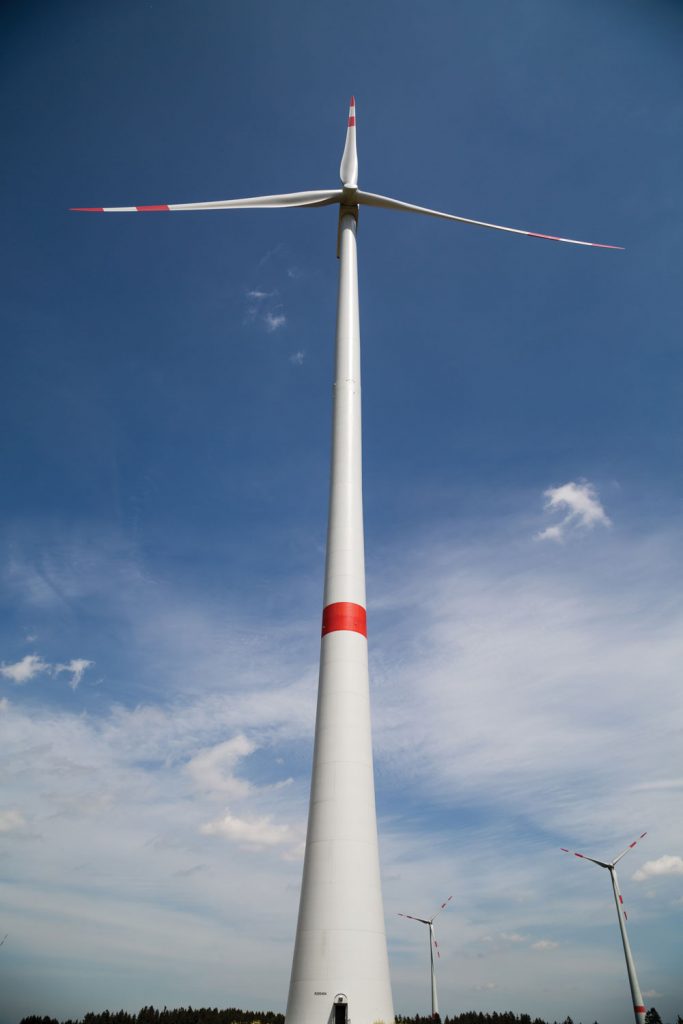
Why Rescue Kits?
Personal protective equipment is the first step in arresting a fall, but what happens after a serious fall? Suspension trauma, or orthostatic intolerance, “can result in unconsciousness, followed by death, in less than 30 minutes,” according to the OSHA Safety and Health Information Bulletin. Symptoms of suspension trauma include dizziness, fatigue, sweating, and weakness.
The threat to fallen workers is a long period of immobility, which causes “an accumulation of blood in the legs (and) reduces the amount of blood in circulation.” Providing a rescue kit on hand can minimize the amount of time a worker is suspended, which is why mechanical advantage haul kits have been in demand and used for many years.
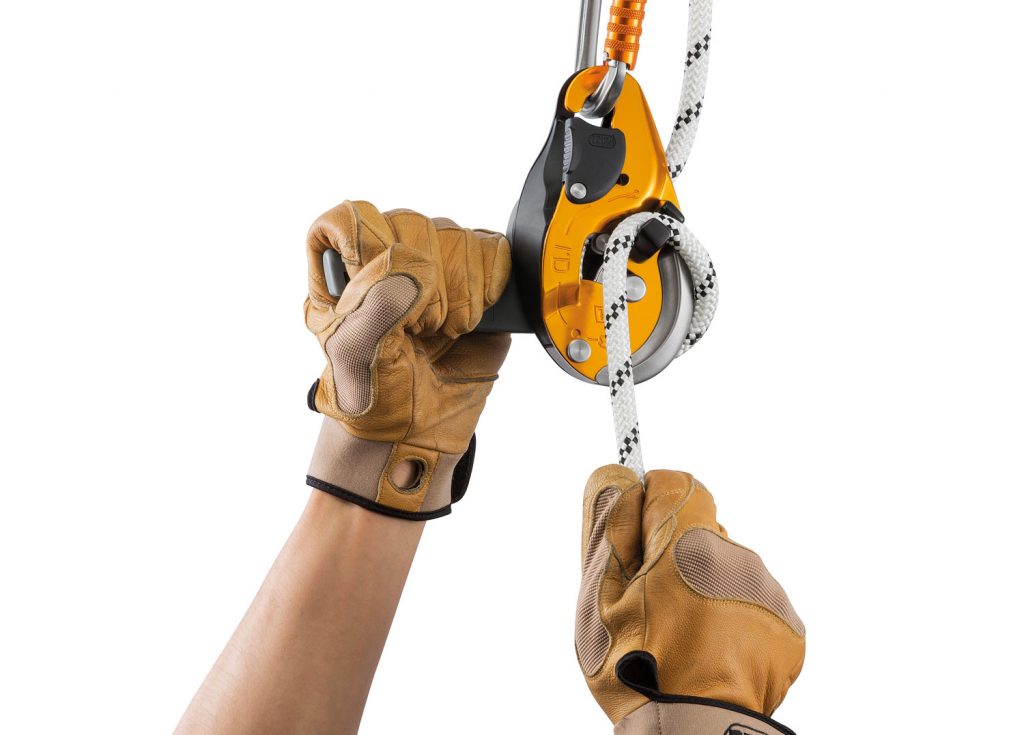
All Shapes and Sizes
There are two common types of rescue kits available for those who work at height. Deciding between the two depends on factors such as price, compactness, and ease-of-use. Some manufacturers provide auto-descent systems that range from a two- to three-foot-per-second descent and can evacuate one to two people. Others manufacture rescue kits using a pulley system with a descent control device. Petzl, a manufacturer of professional safety equipment for more than 25 years, wanted to offer a closed, clean, and efficient system for workers in confined and vertical environments and developed the JAG RESCUE KIT®.
Advancing Rescue Kit Simplicity
Petzl’s JAG RESCUE KIT® is a compact, lightweight, and ready-to-use rescue kit. As a leader in technical rescue equipment in specialized markets, Petzl wanted to offer a solution for at-height workers in all markets. The JAG RESCUE KIT® is designed for a pick-off rescue of an injured or incapacitated worker using a 4:1 mechanical advantage due to the double pulleys on the operator and victim end. Pulley sheaves are mounted on sealed ball bearings, which makes the JAG RESCUE KIT® highly efficient. A flexible cover around the 8mm haul rope gives the user a compact and tangle-free rescue option. Both ends are color-coded to differentiate the victim and operator end.
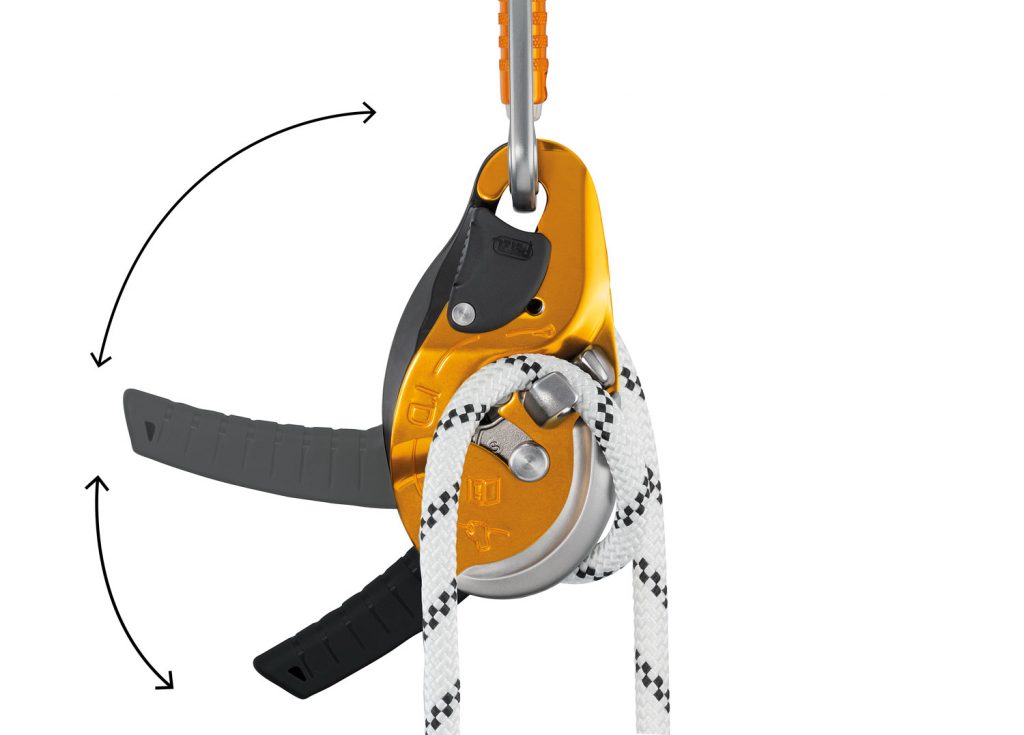
“This equipment was designed to perform two key functions: transfer the load of the casualty from his/her fall arrest system onto the rescue lowering system and to control the descent of the casualty to the ground,” said Michel Goulet, professional division national sales manager at Petzl.
Benefits of the Self-Braking Descender
The newest JAG RESCUE KIT® version uses an I’D EVAC, a self-braking descender designed to handle a one- or two-person load. Since the JAG RESCUE KIT® is often rigged in a vertical plane, with an anchor point directly above the casualty, the I’D EVAC® is designed with a handle specifically oriented to allow for comfortable descent control when lowering from the anchor.
The operator controls the incapacitated worker descent by pulling on the handle and controlling the descent speed by holding the rope with the brake hand as it slides through an auxiliary friction brake. An anti-panic function limits the risk of an accident due to uncontrolled lowering. Self-braking descenders provide rescuers the option to perform an accompanied or unaccompanied rescue operation depending on psychological, environmental, and physical obstruction factors.
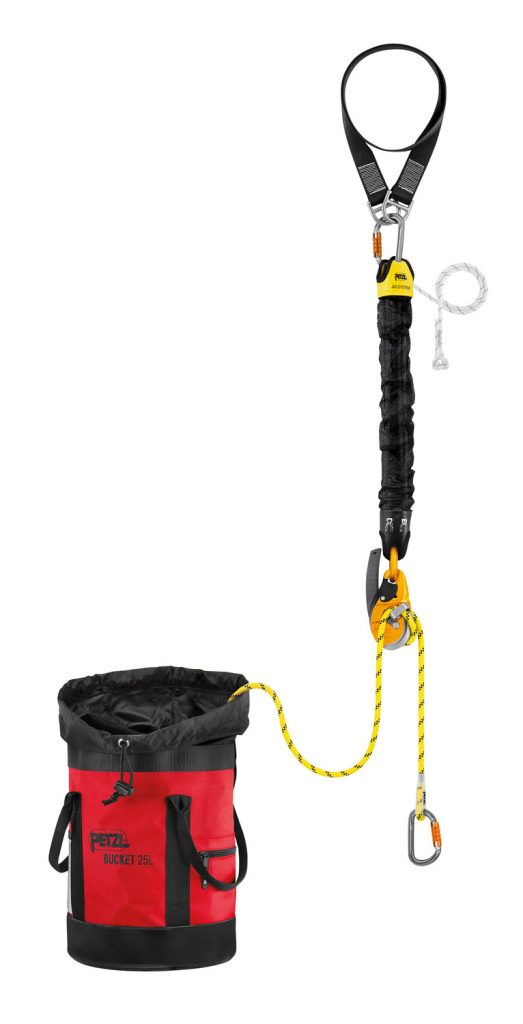
JAG RESCUE KIT® for Wind
If not properly prepared and trained in rescue, the potential for things to go wrong — or get worse — during an actual rescue operation is increased. The advantage of Petzl’s pre-rigged JAG RESCUE KIT® is the ease of which a rescuer can quickly transfer the suspended casualty’s weight from the structure, or fall arrest lanyard, to the lowering system without having to re-position or disconnect any of the kit components when switching between hauling and lowering modes. Like with all equipment, users of the JAG RESCUE KIT® should be properly trained before a real-life situation occurs.
According to the American Wind Energy Association, “U.S. wind power has more than tripled over the past decade” with more than 56,600 turbines “operating in 41 states, Guam, and Puerto Rico.” The wind industry is growing at a rapid speed, which means fewer workers are hired with high-level rope access training and at-height rescue. With the development of the JAG RESCUE KIT®, Petzl is dedicated to creating new systems for specialized markets such as the wind industry, and encourages the growth and success of renewable energy.
















